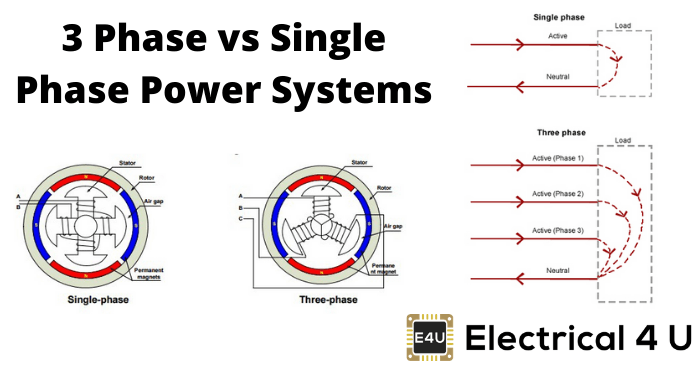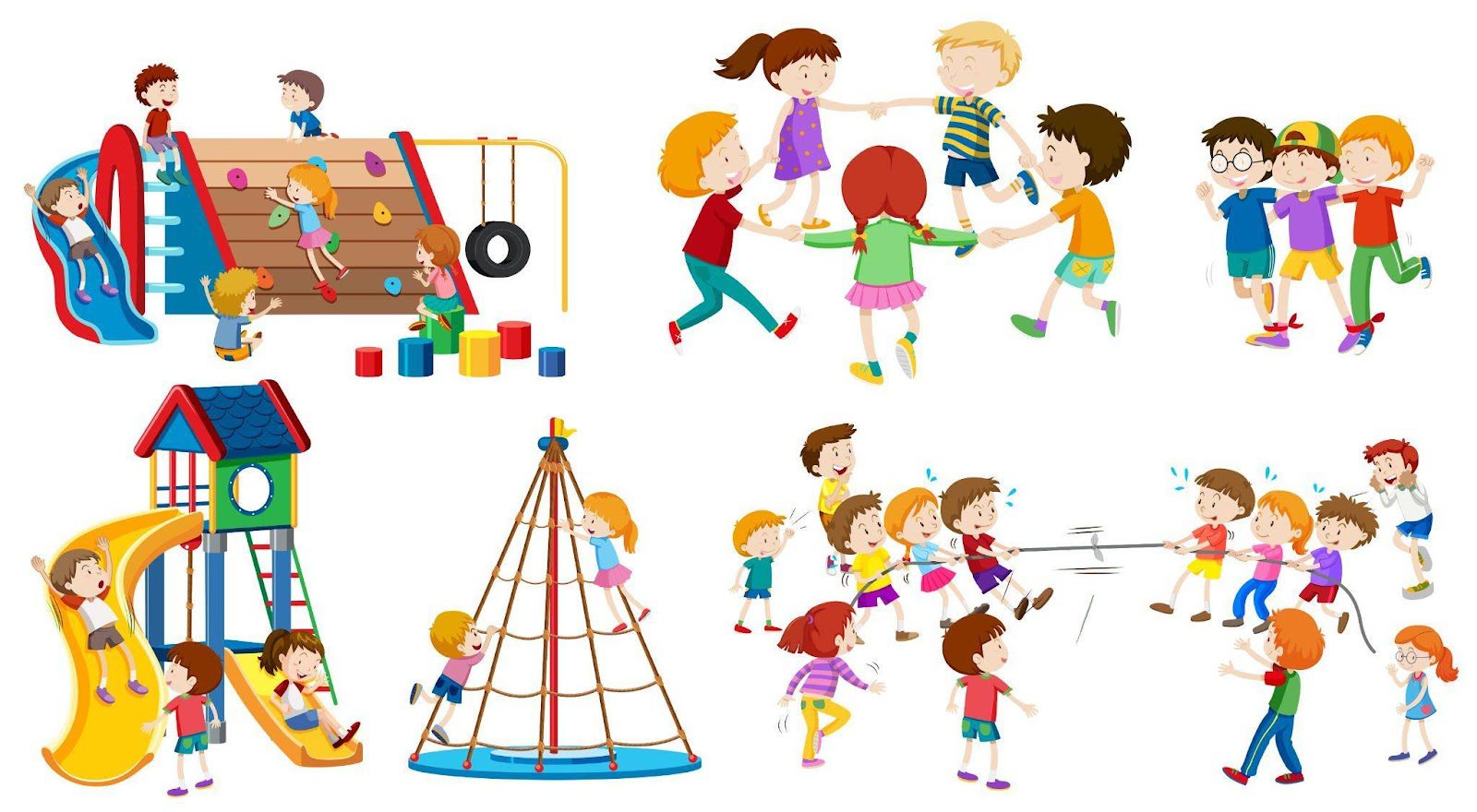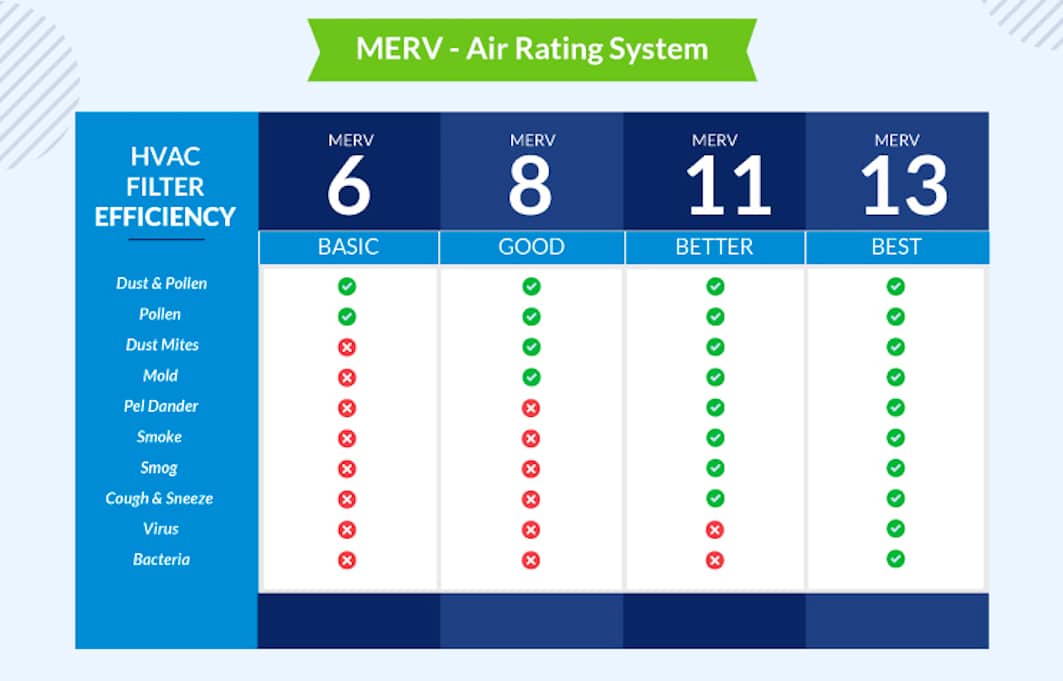An Over view Of Three-phase power systems

The Basics of Three-Phase Power
Three-phase power systems are safer and more efficient than the more common single-phase systems. They are typically used in commercial, industrial and military applications where their power savings justify their increased installation expense. A three-phase system guarantees a steadier output than a single-phase system, and it can halve the amount of necessary wiring and its associated transmission losses.
What is three-phase power?

Standard commercial electrical power is supplied in the form of single-phase alternating current, or AC power. This is generated as a sine wave, which starts at a value of 0 and rises parabolically to its peak value. In the US, this peak is 120 volts, as measured between the hot conductor and the neutral. As soon as the wave reaches its peak, it decreases in value and drops back to zero voltage potential. It continues this downward movement through zero and to a negative peak of -120 volts before returning to zero and repeating the cycle.
A three-phase power system uses three such sine waves. All have the same frequency, and each starts at a different time. “Phase” refers to this time offset and is expressed in degrees, where zero degrees represents no offset and 360 degrees represents a complete cycle through the waveform. The second wave starts while the first wave is one-third of the way through its cycle, a difference of 120 degrees. This is at the point when the first wave has passed its peak and is returning to zero. The third wave then begins at the 240-degree point. This is one-third of the way through the second wave’s cycle and two-thirds of the way through the first wave’s cycle.
With single- and double-phase systems, there is always a time at which the wave is, or both of the waves are, at or below zero volts. A three-phase system ensures that a positive voltage is being delivered by at least one of the phases at all times, so the average power level is much more constant. This reduces physical vibrations in connected equipment and improves reliability. The steadier output level reduces the need for filtering when converting to DC power, and it allows three-phase equipment to operate at nearly 50% greater capacity than single-phase equipment. These benefits could also be realized in systems of more than three phases, but there is rarely enough gain in efficiency to justify the complexity and expense of such a system.
Three-phase connection configurations
Each phase is transmitted on its own conductor, and three-phase systems are connected in one of two configurations. In a star configuration, also called a Y-shaped or “wye” connection, each leg of the system carries its own load while a fourth, neutral conductor connects the three legs together. The currents from the three legs will theoretically cancel each other out so that no current flows through the neutral. In practice, this is only true if the load on each leg is purely resistive. This is not likely with modern electronic equipment, so the neutral will often need to be of a larger, lower-gauge wire than the other conductors. Wye configurations are useful when single-phase devices must be powered, as there will be a 120 volt potential between
the neutral and any of the hot conductors.
A load that is perfectly balanced between the three legs may be connected in a “delta” configuration, in which each of the three loads is connected between two legs of the system and draws current from both legs at once. A balanced load takes the best advantage of the benefits of three-phase power.
Advantages of three-phase power
The voltage difference between hot conductors is lower in a three-phase system than in a standard AC system, and this allows equipment to provide a greater output at a lower voltage. A lowered voltage results in a lower current draw, and this in turn allows the use of less expensive, higher-gauge wiring. The reduced need for distribution equipment saves on installation costs and reduces the amount of power dissipated as heat, which in turn saves energy and lowers cooling requirements. It is also decreases overall weight, which is desirable for systems installed on ships or aircraft. As an additional bonus, this reduced voltage output also represents a reduced shock hazard.
Generation and conversion
Three-phase power is usually generated from a three-phase generator. Commercial power is generated and transmitted this way, but it is typically converted to single-phase power on delivery to the customer. A phase converter can be used to convert single-phase power to three-phase power. Power drawn from a three-phase system can easily be converted to drive single-phase devices. Click Here to know more about Three-phase power systems.



